Related Research Articles
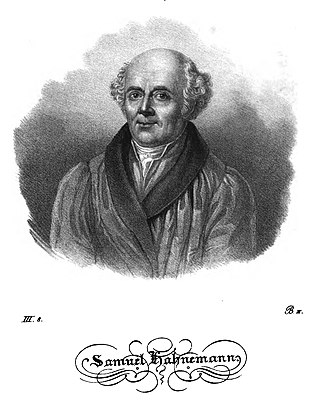
Homeopathy or homoeopathy is a pseudoscientific system of alternative medicine. It was conceived in 1796 by the German physician Samuel Hahnemann. Its practitioners, called homeopaths or homeopathic physicians, believe that a substance that causes symptoms of a disease in healthy people can cure similar symptoms in sick people; this doctrine is called similia similibus curentur, or "like cures like". Homeopathic preparations are termed remedies and are made using homeopathic dilution. In this process, the selected substance is repeatedly diluted until the final product is chemically indistinguishable from the diluent. Often not even a single molecule of the original substance can be expected to remain in the product. Between each dilution homeopaths may hit and/or shake the product, claiming this makes the diluent "remember" the original substance after its removal. Practitioners claim that such preparations, upon oral intake, can treat or cure disease.

Christian Friedrich Samuel Hahnemann was a German physician, best known for creating the pseudoscientific system of alternative medicine called homeopathy.

James Tyler Kent (1849–1916) was an American physician best remembered as a forefather of modern homeopathy. In 1897 Kent published a massive guidebook on human physical and mental disease symptoms and their associated homeopathic preparations entitled Repertory of the Homeopathic Materia Medica, which has been translated into a number of languages. It has been the blueprint to many modern repertories used throughout the world and even remains in use by some homeopathic practitioners today.
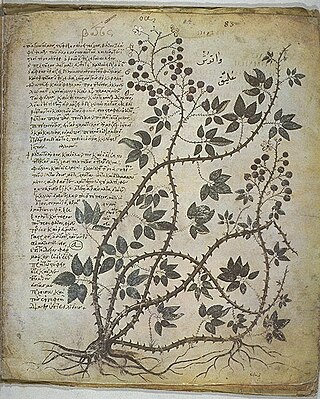
Materia medica is a Latin term from the history of pharmacy for the body of collected knowledge about the therapeutic properties of any substance used for healing. The term derives from the title of a work by the Ancient Greek physician Pedanius Dioscorides in the 1st century AD, De materia medica, 'On medical material'.

Allopathic medicine, or allopathy, is an archaic and derogatory label originally used by 19th-century homeopaths to describe heroic medicine, the precursor of modern evidence-based medicine. There are regional variations in usage of the term. In the United States, the term is sometimes used to contrast with osteopathic medicine, especially in the field of medical education. In India, the term is used to distinguish conventional modern medicine from Siddha medicine, Ayurveda, homeopathy, Unani and other alternative and traditional medicine traditions, especially when comparing treatments and drugs.

Organon of the Art of Healing by Samuel Hahnemann, 1810, laid out the doctrine of his ideas of homoeopathy. The work was repeatedly revised by Hahnemann and published in six editions, with the name changed from the second onwards to Organon of Medicine, and has been so since the mid-19th century.
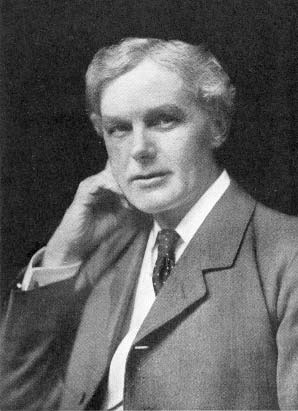
John Henry Clarke was an English classical homeopath. He was also, arguably, the highest profile anti-Semite of his era in Great Britain. He led The Britons, an anti-Semitic organisation. Educated at the University of Edinburgh, he received his medical degree in 1877.

Gottlieb Heinrich Georg Jahr was a German-French physician and pioneer of classical homeopathy.
John Rutty (1697–1775) was a Dublin Quaker physician and naturalist born in Melksham, Wiltshire, England. He was the author of many texts including A methodical synopsis of the Mineral Waters of Ireland (1757) and An Essay towards the Natural History of the County of Dublin (1772). After his death his spiritual diary was published, and the botanist William Henry Harvey named the genus Acanthaceae Ruttya after him.
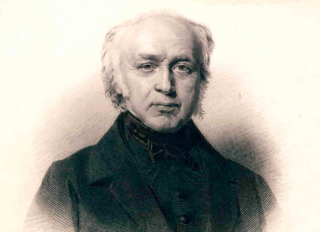
Clemens Maria Franz (Friedrich) Freiherr (Baron) von Bönninghausen was a lawyer, Dutch and Prussian civil servant, agriculturalist, botanist, physician and pioneer in the field of homeopathy.
George Vithoulkas is a Greek teacher and practitioner of homeopathy.
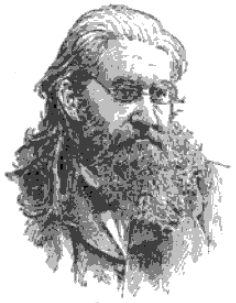
Constantine J. Hering was a physician who was an early pioneer of homeopathy in the United States.
Charles Julius Hempel was a German-born translator and homeopathic physician who worked in the United States.
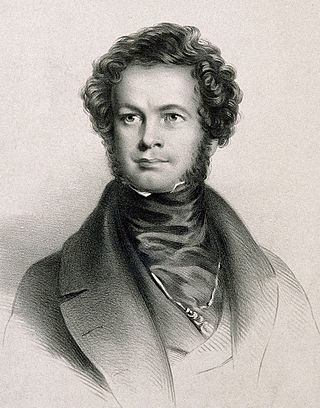
Frederic Hervey Foster Quin was the first homeopathic physician in England.

The Samuel Hahnemann Monument, also known as Dr. Samuel Hahnemann, is a public artwork dedicated to Samuel Hahnemann, the founder of homeopathy. It is located on the east side of Scott Circle, a traffic circle in the northwest quadrant of Washington, D.C. The Classical Revival monument consists of an exedra designed by architect Julius Harder and a statue sculpted by Charles Henry Niehaus, whose works include the John Paul Jones Memorial in Washington, D.C., and several statues in the National Statuary Hall Collection. The monument is significant because Hahnemann is the first foreigner not associated with the American Revolution to be honored with a sculpture in Washington, D.C.

De materia medica is a pharmacopoeia of medicinal plants and the medicines that can be obtained from them. The five-volume work was written between 50 and 70 CE by Pedanius Dioscorides, a Greek physician in the Roman army. It was widely read for more than 1,500 years until supplanted by revised herbals in the Renaissance, making it one of the longest-lasting of all natural history and pharmacology books.
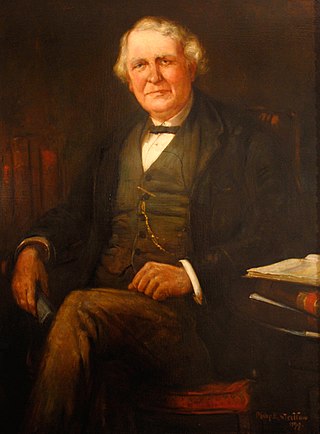
Robert Ellis Dudgeon was a Scottish homeopath.

William G. Boericke was an Austrian-born American physician and ardent, influential exponent of homeopathy. He is known in the field today as the compiler and editor of the Pocket Manual of Homeopathic Materia Medica. The ninth edition has endured as his most re-published version partly because of its then final inclusion of a mini-repertory by his brother, Oscar Eugene Boericke, MD, also a homeopathic physician.
Ludwig Wilhelm Sachs was a German physician.
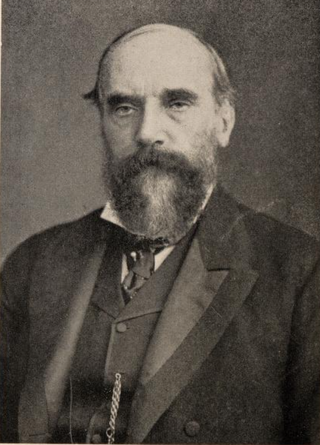
Charles Douglas Fergusson Phillips, F.R.C.S. (1830–1904) was a British medical doctor and author of a materia medica reference work, divided into two parts: organic and inorganic substances.
References
- ↑ Edinburgh Medical and Surgical Journal, Review of Fragmenta de viribus of Hahnemann, Vol. 5, July 1809, pp.374-379
- ↑ The Medical Quarterly Review, Review of the Fragmenta de viribus of Hahnemann, (English translation by Dr FHF Quin, 1834, London), Vol. III, October 1835, pp.149-151
- ↑ Rudolf Tischner, History of Homeopathy (trans. L J Boyd), New York: AIH, 1933, p.269
- ↑ Wilhelm Ameke, History of Homœopathy, with an appendix on the present state of University medicine, translated by A. E. Drysdale, edited by Robert Ellis Dudgeon, London: E. Gould & Son, 1885, p.177
- ↑ Robert E Dudgeon, Lectures on the Theory and Practice of Homeopathy, London & Manchester: Henry Turner & Co, 1853, p.181
- ↑ Linn J Boyd, A Study of the Simile in Medicine, Philadelphia: Boericke & Tafel, 1936, p.149
- ↑ Tischner, p.395